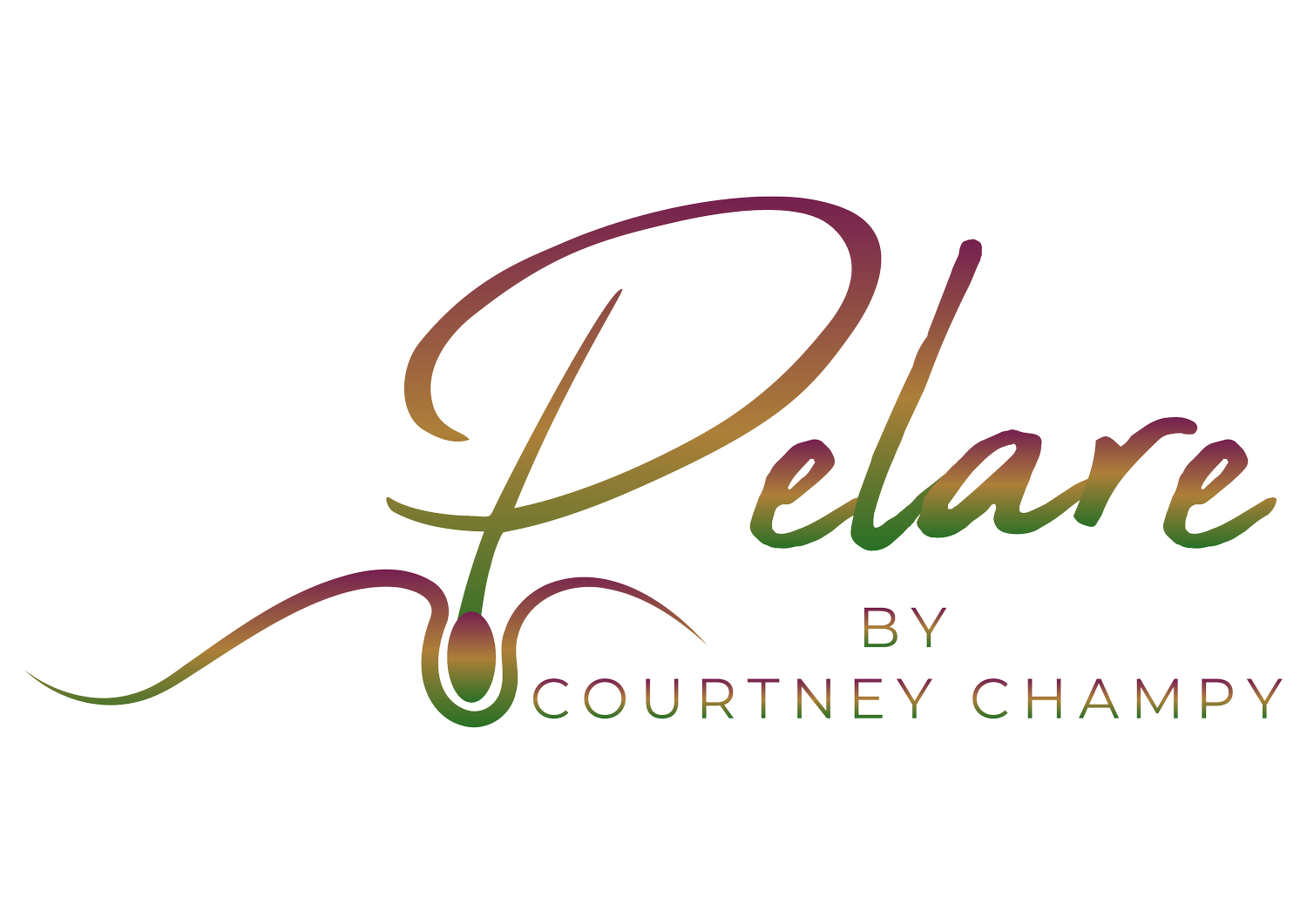Dermaplaning - Taking a Little Bit Off the Top
Dermaplaning, what is it?
Traditionally, dermaplaning is essentially dermabrasion and is used to treat scarring including acne scars and deep scarring by removing the outer layers of the skin to resurface the skin. It is a great treatment to improve scarring and there are many other treatments available now to also treat/improve scarring ranging from minimally invasive to invasive treatments.
Dermaplaning has resurfaced (no pun intended!) in the past 2-3 years as a treatment performed most commonly by an aesthetician and sometimes a physician. This treatment is performed by taking a sterile surgical grade blade and using it to slough away the most superficial (top) layer of skin, AKA the epidermis, which as a side effect results in shaving the hairs that are present as well. Think of the good old-fashioned barber closest shave with a straight blade, like Sweeney Todd (minus the murder) but to your face for a tight exfoliation. It is a temporary method for facial hair removal. Dermaplaning is an excellent exfoliation treatment, and it will give a nice, short-term glow to the skin, and allow deeper penetration of your skin care products for a day or two; many people also love the way make-up is applied after dermaplaning. Dermaplaning is primarily a treatment to exfoliate the skin, and promote skin renewal, and the hairs removed is a welcome side effect. Dermaplaning will remove (by the act of shaving) the thick, coarse hairs you have as well as the vellus or peach fuzz hairs. It is extremely satisfying to see the little pile of hairs that has accumulated at the end of your treatment. Some people have sensitivity to their skin care products (reported as burning sensation) post-treatment as the skin is nicely exfoliated and pores “open”; some people notice some light redness post-treatment as well.
Dermaplaning is essentially shaving or scraping, for lack of a better word. However, it is a much closer “shave” than you will ever get with an electric razor or any razor found for the general public, so much so that you are also “shaving” the skin. Dermaplaning is not really shaving but is commonly associated with or used interchangeably with shaving because of the similarities of each in using a razor or blade and subsequently removing facial hair.
Have I had it done? You bet! And I did love it, I have tried the at-home, if you know me, there’s no surprise there! And in my opinion the at-home is good for a light exfoliation, you are most definitely getting the same, there’s risk of hurting or cutting yourself, and I do sometimes experience ingrown hairs sometimes probably because the one available for general public is not as sharp (and for extremely good reason!). But I do like to do it myself for a little oomph, having it done by a licensed aesthetician is chefs kiss* even better! You have a glow for days and your face feels baby bottom smooth, nothing beats it!
Myths
My hair will grow back thicker and faster.
False: Shaving and cutting the hairs will have no impact on how fast or thick the hairs grow back since they never touch down to the blood supply beneath the skin (even if you nick the skin while shaving). They will feel thicker because in the act of shaving, the hairs are cut at a blunt angle and normally they have a fine, pointed tip (look at the hairs after you shave them off), when they are growing back you feel that bluntness which is a larger surface area and it feels as if it is larger/thicker.
Once you start, you can’t stop
False: Treatments are recommended to be spaced 4-6 weeks apart, you of course may wait longer. You may want to continue the treatments regularly if you enjoy the results. If you do not like the results, then you may opt to discontinue the treatments at any time. If you begin to experience a flare of acne, eczema, rosacea, psoriasis on the face then you may not have dermaplaning done.
Know Before You Go
This should all be discussed with your provider prior to your first treatment but here are only a few of the important basics.
Stop using all irritating skin care products such as benzoyl peroxide, AHA, BHA, retinols and retinoids, salicylic acids, etc. 5-7 days prior to treatments.
It is best to present to your treatment with no make-up on, however, your provider will be cleansing the area anyway.
Avoid the sun for 2-3 days before, sunburn will make you ineligible for this treatment
Discuss with your provider if you are prone to cold sores so you have a plan to prophylaxis this likely occurrence post-treatment.
I had dermaplaning done, how will this affect my electrolysis treatments?
The only effect it has on your electrolysis treatments is going to be timing. If your electrolysis treatment regimen is 1-2 weeks apart, it is not the ideal time to do dermaplaning. However, if you want to, it is easy enough to incorporate it into your regimen. You will not want to have dermaplaning for 2 weeks before AND after your electrolysis treatment, after you do dermaplaning and it has been at least two weeks you may resume your electrolysis treatments once the hairs have regrown. And then you will again have your dermaplaning two weeks after that electrolysis treatment. Inserting dermaplaning treatments when your treatments are <4 weeks apart will ultimately result in taking longer to achieve the permanent hair removal result since you will be receiving less treatment in a short time, but it will not be working against us or setting us back at the root level. If your electrolysis treatment regimen is ~4+ weeks apart, dermaplaning may still be done 2 weeks before and after electrolysis and that will be the perfect timing for your electrolysis treatments, pending the hairs have regrown.
